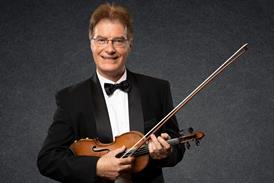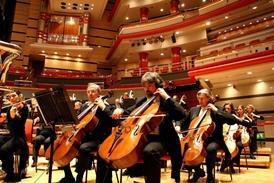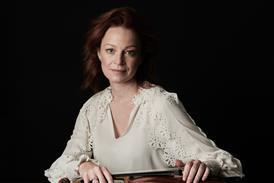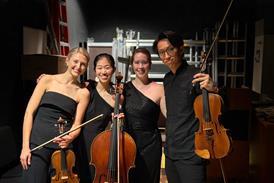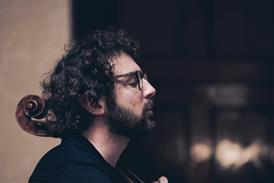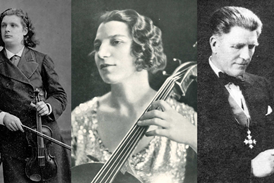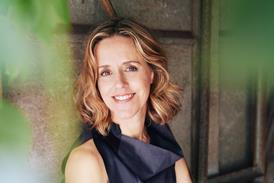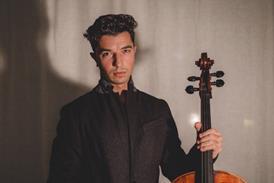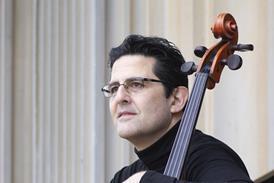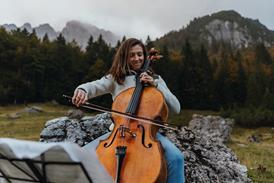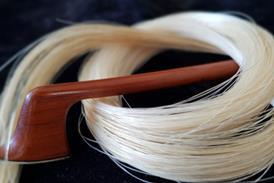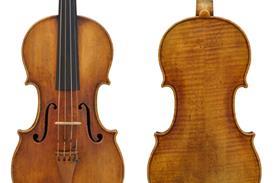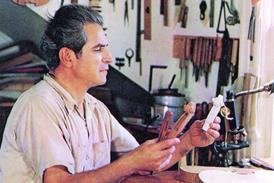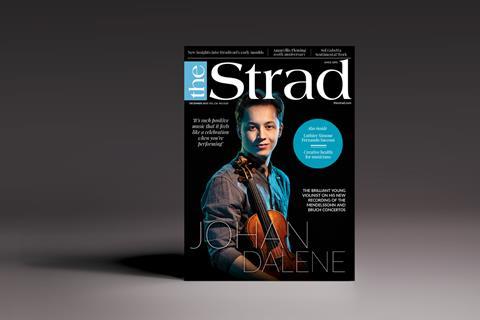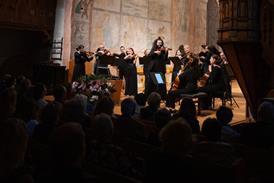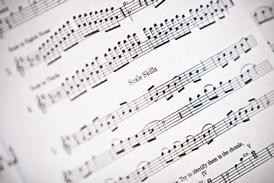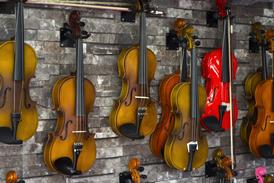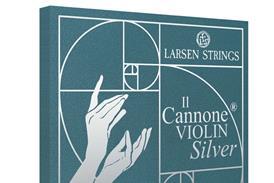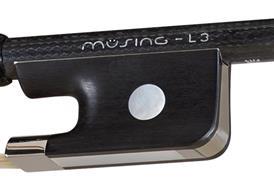- News
- For Subscribers
- Student Hub
- Playing Hub
- Directory
- Lutherie
- Magazine
- Magazine archive
- Whether you're a player, maker, teacher or enthusiast, you'll find ideas and inspiration from leading artists, teachers and luthiers in our archive which features every issue published since January 2010 - available exclusively to subscribers. View the archive.
- Jobs
- Shop
- Podcast
- Contact us
- Subscribe
- School Subscription
- Competitions
- Reviews
- Debate
- Artists
- Accessories
Postcard from Svalbard: Arctic Chamber Music Festival

The Arctic Chamber Music Festival takes place in the world’s most northerly town, Longyearbyen. Emma Baker travelled there to sample its unique atmosphere
Svalbard is so far north, so deep within the Arctic Circle, that if you are seeking the best views of the Northern Lights you should – counter-intuitively – look south. This Norwegian archipelago might be a magnet for visiting cruise ships during the 24-hour daylight of summer, but it seems an unlikely venue for a chamber music festival during the dark days of polar winter…
Already subscribed? Please sign in
Continue reading this article and explore hundreds more…

